- Home
- Articles
- Architectural Portfolio
- Architectral Presentation
- Inspirational Stories
- Architecture News
- Visualization
- BIM Industry
- Facade Design
- Parametric Design
- Career
- Landscape Architecture
- Construction
- Artificial Intelligence
- Sketching
- Design Softwares
- Diagrams
- Writing
- Architectural Tips
- Sustainability
- Courses
- Concept
- Technology
- History & Heritage
- Future of Architecture
- Guides & How-To
- Art & Culture
- Projects
- Interior Design
- Competitions
- Jobs
- Store
- Tools
- More
- Home
- Articles
- Architectural Portfolio
- Architectral Presentation
- Inspirational Stories
- Architecture News
- Visualization
- BIM Industry
- Facade Design
- Parametric Design
- Career
- Landscape Architecture
- Construction
- Artificial Intelligence
- Sketching
- Design Softwares
- Diagrams
- Writing
- Architectural Tips
- Sustainability
- Courses
- Concept
- Technology
- History & Heritage
- Future of Architecture
- Guides & How-To
- Art & Culture
- Projects
- Interior Design
- Competitions
- Jobs
- Store
- Tools
- More
Virtual Reality Impacts on Architectural Design

Virtual Reality (VR) is no longer a fringe technology found only in the realms of video gaming or high-tech research. It has begun permeating various fields, including medicine, education, and notably, architecture. As it evolves, VR continues to revolutionize the world of architectural design, transforming how architects conceive, visualize, present, and modify their creations. The most up-to-date examples in the architectural world demonstrate VR’s immense potential to impact this industry profoundly.
VR technology’s core appeal lies in its ability to create fully immersive, interactive 3D environments. Unlike traditional 2D plans and even 3D models, a VR-rendered project allows both architects and clients to explore the design spatially and experientially. By putting on a VR headset, one can virtually ‘walk’ around the structure, get a feel for the space, and even interact with different elements of the design.
This immersive visualization is not just an impressive high-tech feature – it’s a substantial enhancement of the architect-client communication. Clients can gain a fuller understanding of the architect’s vision, resulting in fewer misunderstandings and alterations. They can also give more accurate feedback, as they are no longer limited to interpreting 2D plans.

One example of this practice is the innovative architectural firm, Gensler. The company uses VR technology extensively in its design process to improve client interactions and design efficiency. Through VR, they can visualize complex designs like the Shanghai Tower or the Banc of California Stadium, making the designs more understandable and accessible to stakeholders.
Design Process: Efficiency and Creativity
VR is also transforming the design process itself. Architects can manipulate their designs in real-time within the VR environment, fostering more efficient and creative design workflows. Using tools like Autodesk’s Revit Live and IrisVR, architects can instantaneously translate their 3D models into immersive VR experiences.
Notably, the innovative architectural firm Zaha Hadid Architects utilizes VR during the design process to explore and visualize their futuristic and complex designs. The firm used VR in the development of the Infinitus Plaza – a ground-breaking project in Guangzhou, China. With VR, they were able to navigate the plaza’s intricate spaces before construction began, optimizing the design more effectively.
Training and Education
VR’s potential extends to architectural education and training as well. It offers a powerful tool for students to explore and understand architectural history, theory, and techniques. For example, the University of Illinois has integrated VR into its architecture curriculum, allowing students to create and interact with their 3D models in a fully immersive environment.
In the field, VR is also enhancing safety training, providing risk-free, realistic simulations of construction sites. VR-based training tools, like those provided by companies like PIXO VR, help workers navigate potential dangers, making them better prepared for real-world scenarios.
Virtual Reality (VR) technology can provide numerous advantages for architecture students, enriching their educational experience and preparing them for the professional world. VR offers an immersive, 3D perspective that helps students fully comprehend and visualize spatial relationships, proportions, and scales. VR allows them to “step inside” their designs and experience them firsthand, which can be a powerful aid in understanding architectural concepts.
VR offers an immersive, 3D perspective that helps students fully comprehend and visualize spatial relationships, proportions, and scales. VR allows them to “step inside” their designs and experience them firsthand, which can be a powerful aid in understanding architectural concepts.

Urban Planning and Sustainable Design
In the broader scope of urban planning and sustainable design, VR has an indispensable role. It enables architects to assess the impact of their structures on the surrounding environment and urban fabric. By simulating different lighting conditions, weather scenarios, and traffic patterns, architects can modify their designs to be more environmentally friendly and better integrated into the existing cityscape.
For businesses looking to implement immersive technologies, vr development services can provide tailored solutions to bring their architectural projects to life. These services help bridge the gap between design and virtual reality, offering real-time visualization and enhanced client communication.
Take the example of Foster + Partners, a renowned architectural firm known for its dedication to sustainable design. The firm uses VR not only for presenting their architectural projects but also for conducting environmental analyses. They can simulate how their building will behave in different weather conditions and at different times of the year.
VR technology is ushering in a new era in architectural design, offering architects a new language of expression and a more efficient and engaging design process. By enabling enhanced visualization, improving client communication, aiding education and training, and contributing to sustainable urban planning, VR has become an indispensable tool in modern architectural practice. As technology continues to evolve, so will the applications of VR in architecture. The latest examples in the architectural world are a testament to VR’s potential to change the industry. The future of architectural design promises to be even more exciting as the frontier of what’s possible expands with technological advancements.

Submit your architectural projects
Follow these steps for submission your project. Submission FormLatest Posts
Tips for Using Runners to Transform Hallways and Spaces
Hallways work hard. They handle daily foot traffic, muddy shoes, and the...
Essential Architecture Tools in 2026: Software, AI, and Physical Equipment
Architecture in 2026 demands more than design talent alone. From BIM and...
Light of Tomorrow by VELUX 2026
This competition encourages architects to design visionary spaces where natural light drives...
Top 10 Online Platforms to Find Apartments for Rent in San Antonio
San Antonio, Texas, with its vibrant culture, historical landmarks, and strong job...



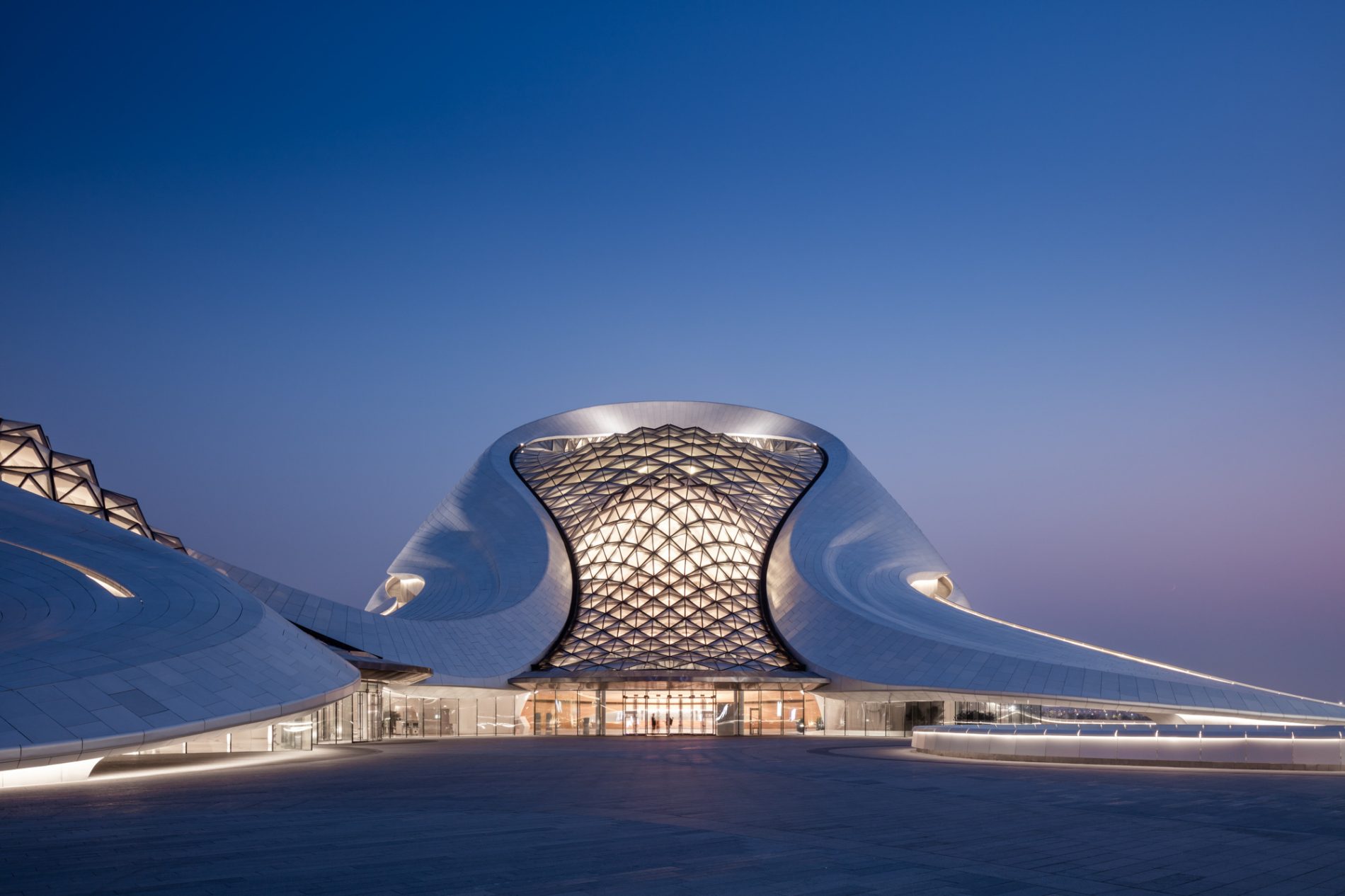


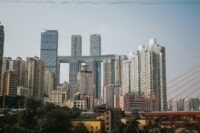

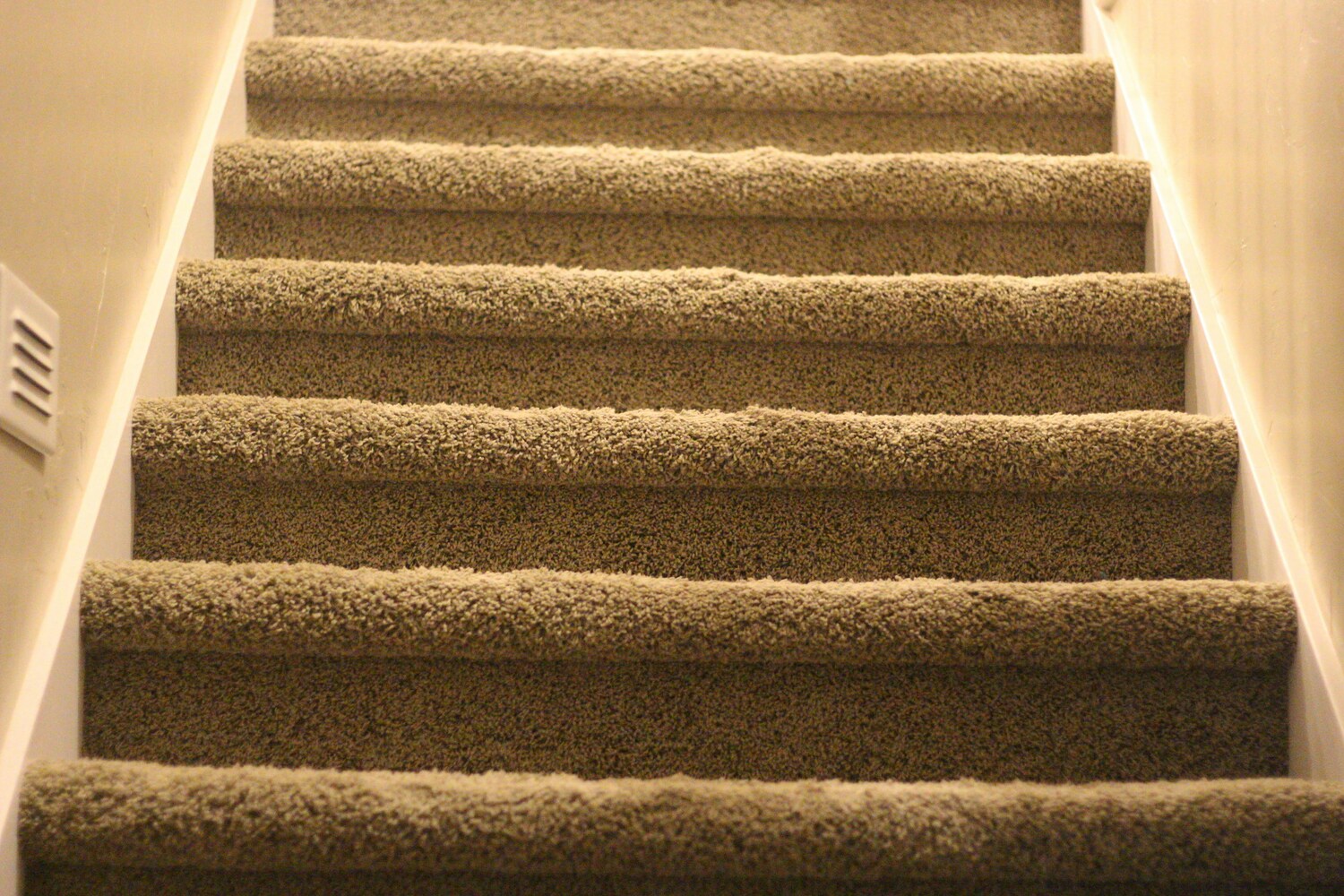
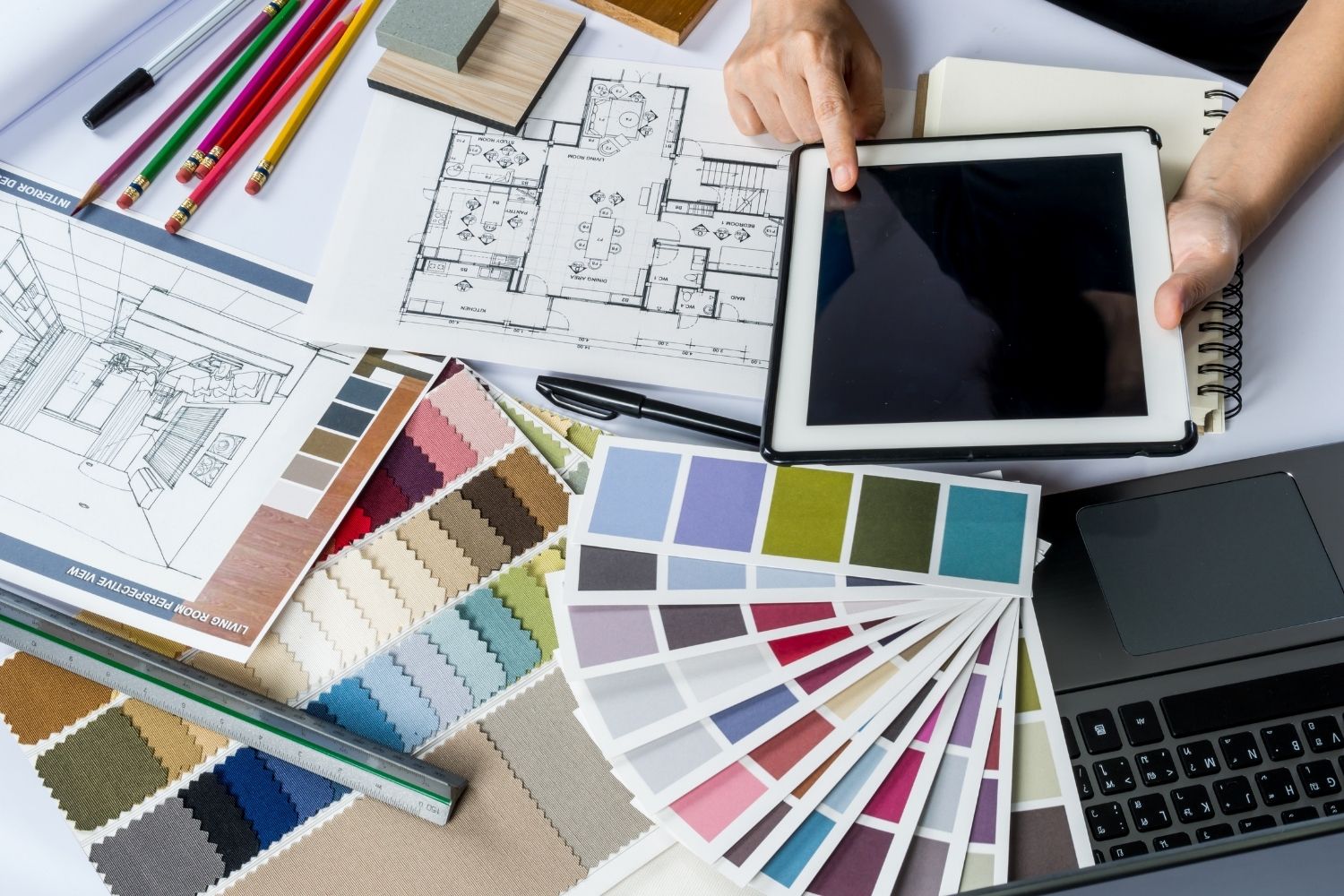

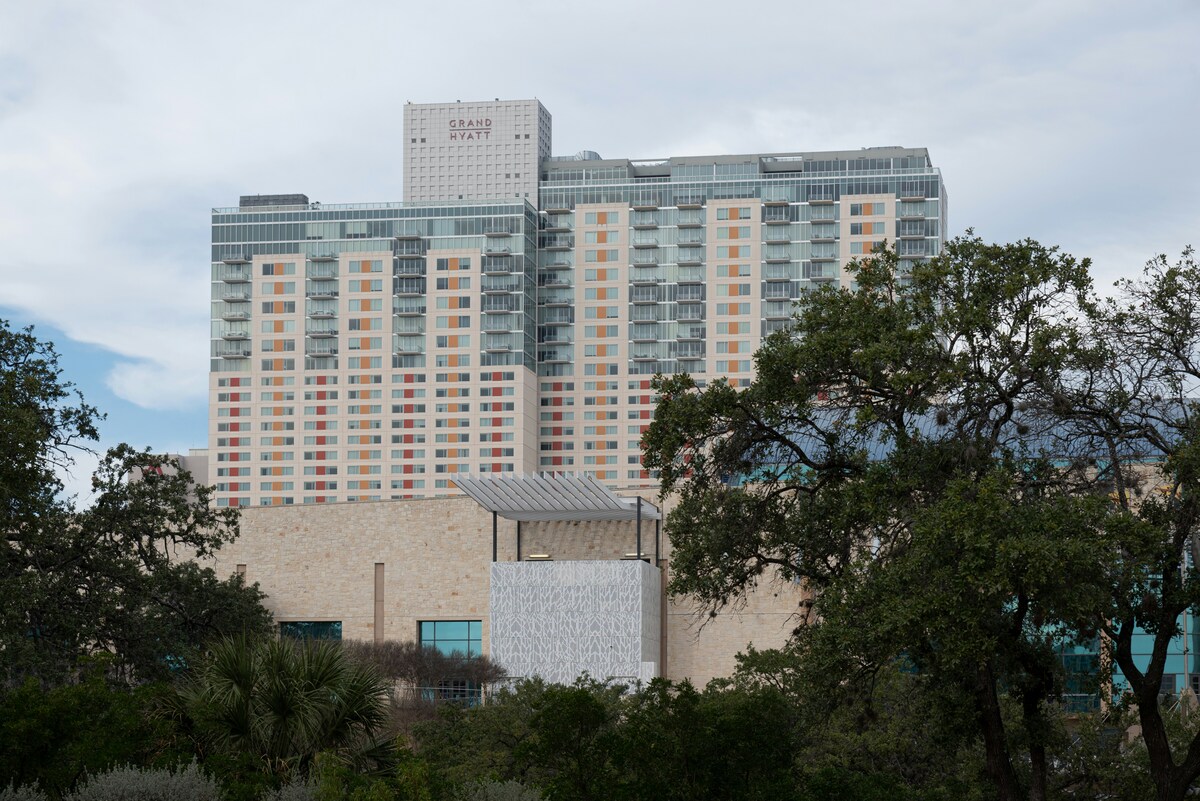
Leave a comment